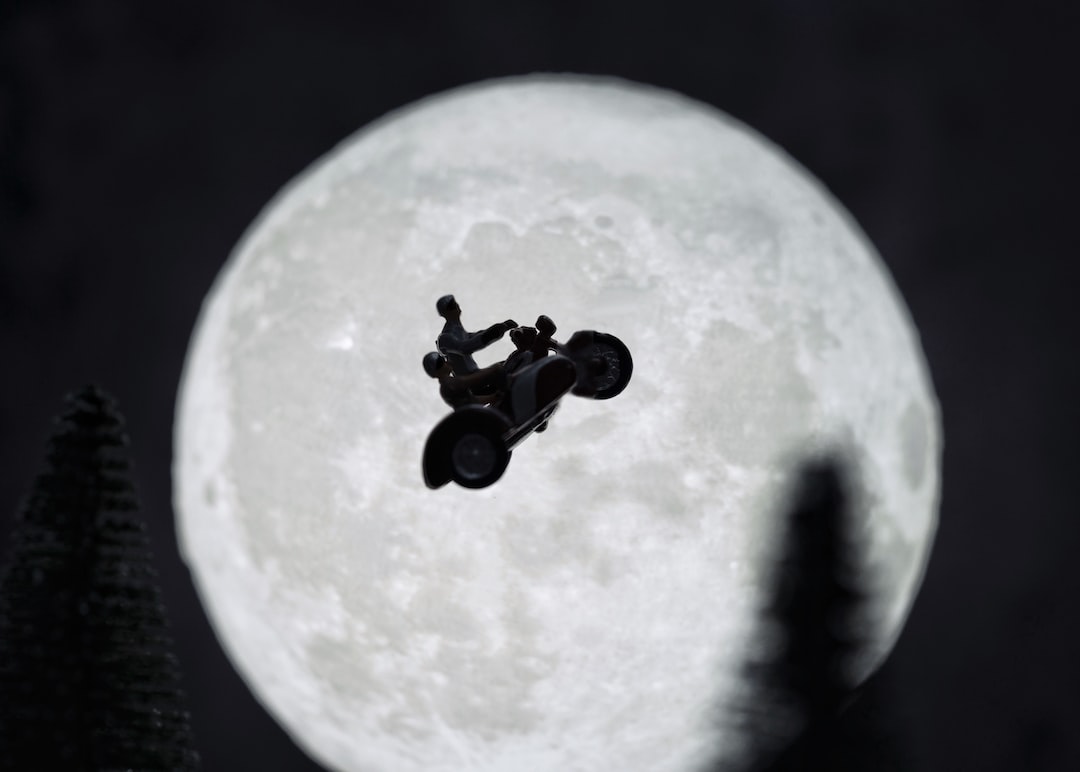The Art of DJing: From Vinyl to Digital, the Evolution of Music Mix-Masters
The role of a DJ has evolved significantly over the years, from the days of vinyl records to the modern digital era. Today, DJs are considered artists in their own right, using their skills to create seamless mixes and set the mood of any event. In this blog post, we will explore the evolution of DJing and how technology has transformed the art form.
The roots of DJing can be traced back to the early hip-hop and dance music scenes in the 1970s. DJs would spin vinyl records on turntables, manually beat-matching and mixing songs together. This early form of DJing required a keen ear for rhythm and a deep understanding of the music being played.
As the music industry advanced, so did the technology available to DJs. The introduction of CDs in the 1980s allowed for easier mixing, as tracks no longer needed to be physically changed on a turntable. DJs could now carry around hundreds of songs on a small disc and quickly transition between tracks.
However, it wasn’t until the late 1990s and early 2000s that DJing truly underwent a revolution with the rise of digital DJ software. Programs like Serato and Traktor allowed DJs to mix and manipulate their music files on a computer, eliminating the need for physical records or CDs altogether. This shift to digital DJing brought about a new era of creativity and possibilities.
With digital DJing, DJs now had access to an unlimited number of songs and could easily sample and remix tracks on the fly. They could integrate effects, loops, and even sync the beats automatically, making the mixing process more seamless than ever before. The power was now in the hands of the DJ to create unique and personalized sets, pushing the boundaries of what was possible in a live performance.
The rise of digital DJing also brought about the democratization of the art form. With affordable software and hardware options available, anyone with a passion for music could become a DJ. This shift has led to a diverse and vibrant DJ community, showcasing a wide range of styles and genres.
While the technology may have changed, the core skills of a DJ remain the same. A good DJ still needs to have a deep musical knowledge, an understanding of rhythm, and the ability to read a crowd and create an atmosphere. Technology has simply enhanced these skills, allowing DJs to push the boundaries of what is possible.
In conclusion, the art of DJing has evolved significantly over the years, from the days of vinyl to the digital era. The introduction of new technologies has revolutionized the way DJs create and perform, allowing for greater creativity and accessibility. However, at its core, DJing is still about the connection between the DJ, the music, and the audience. The evolution of DJing showcases the power of technology to enhance an art form while still honoring its roots.


